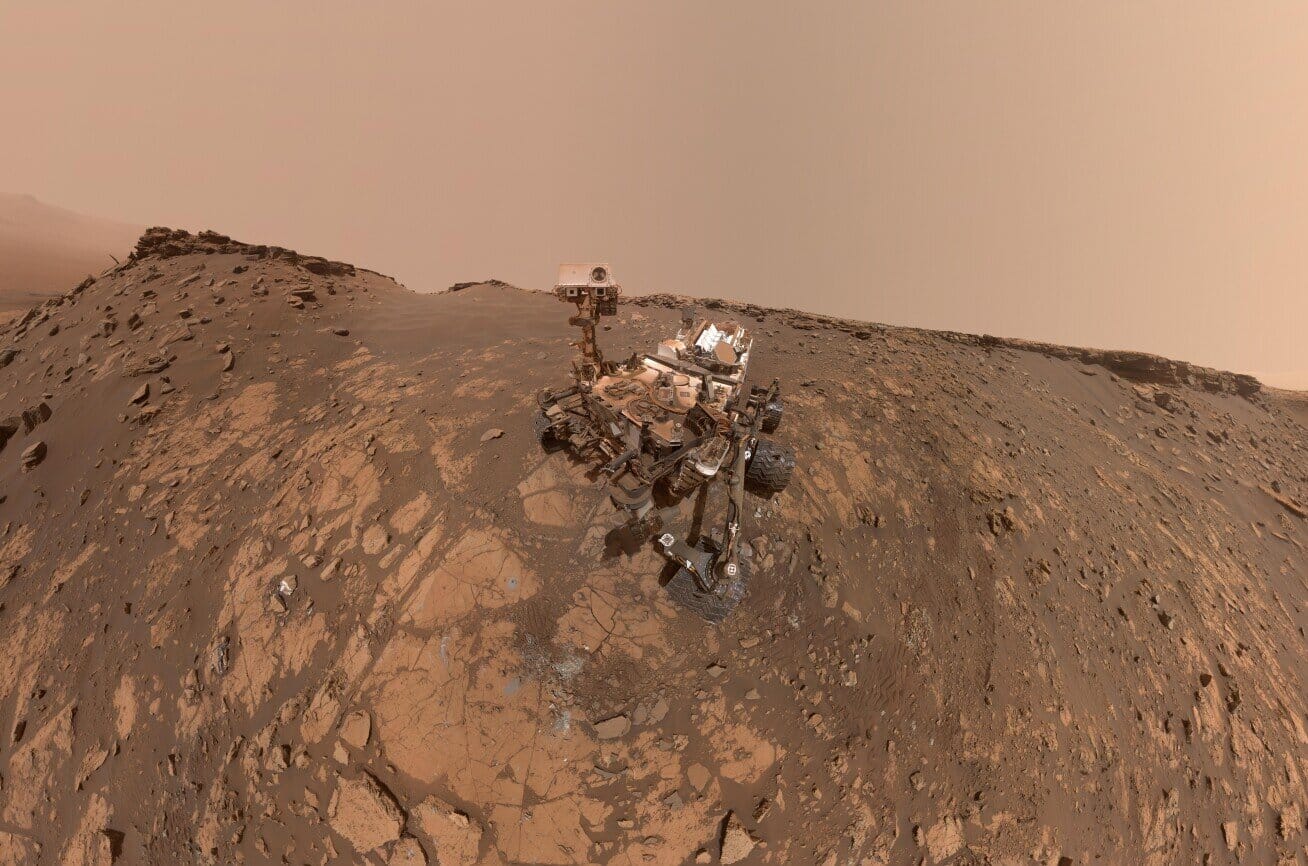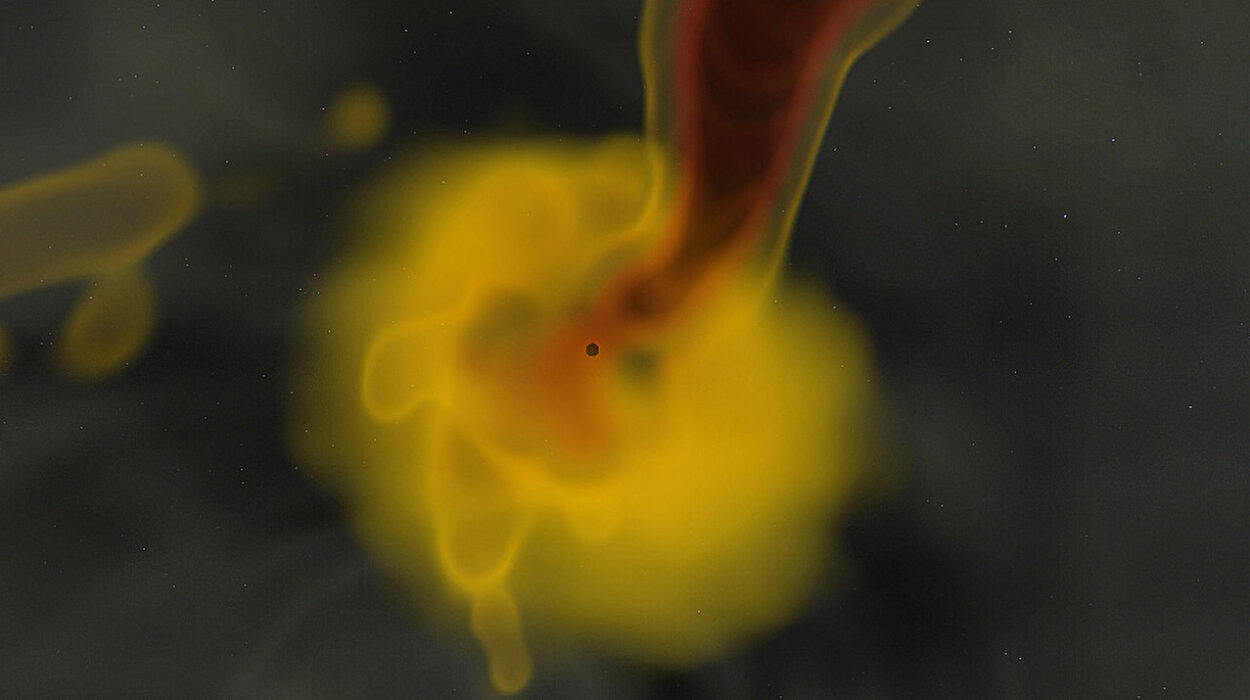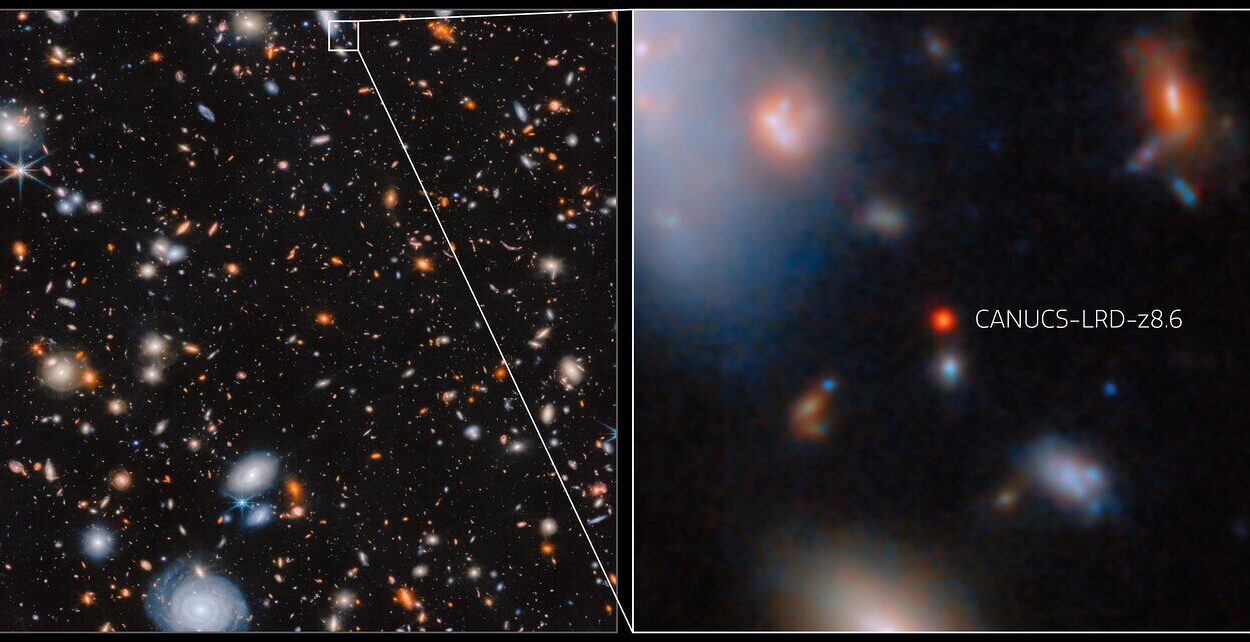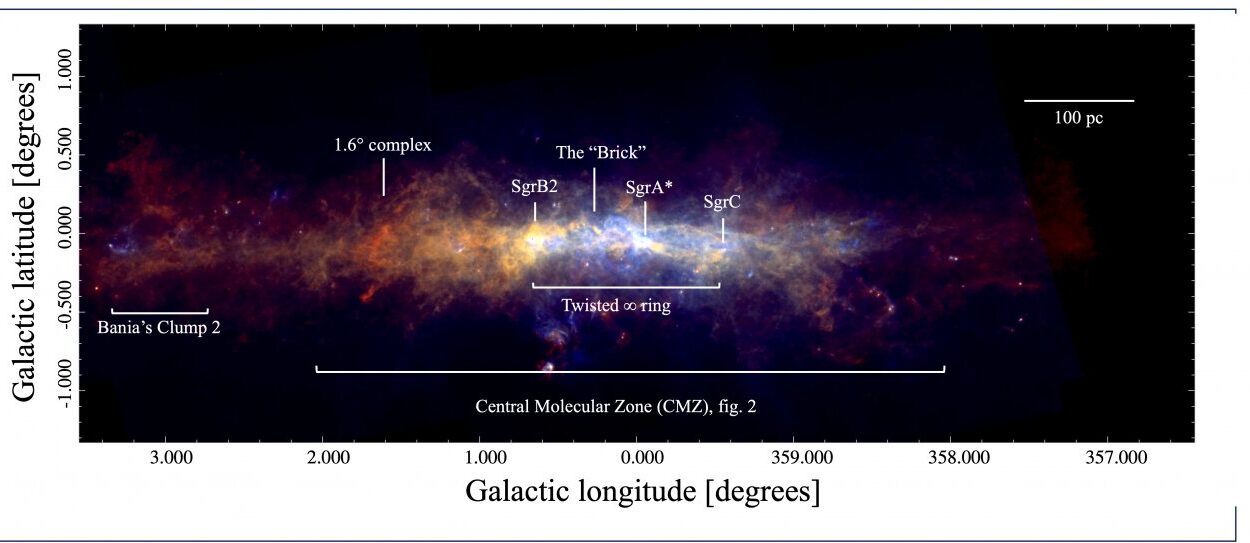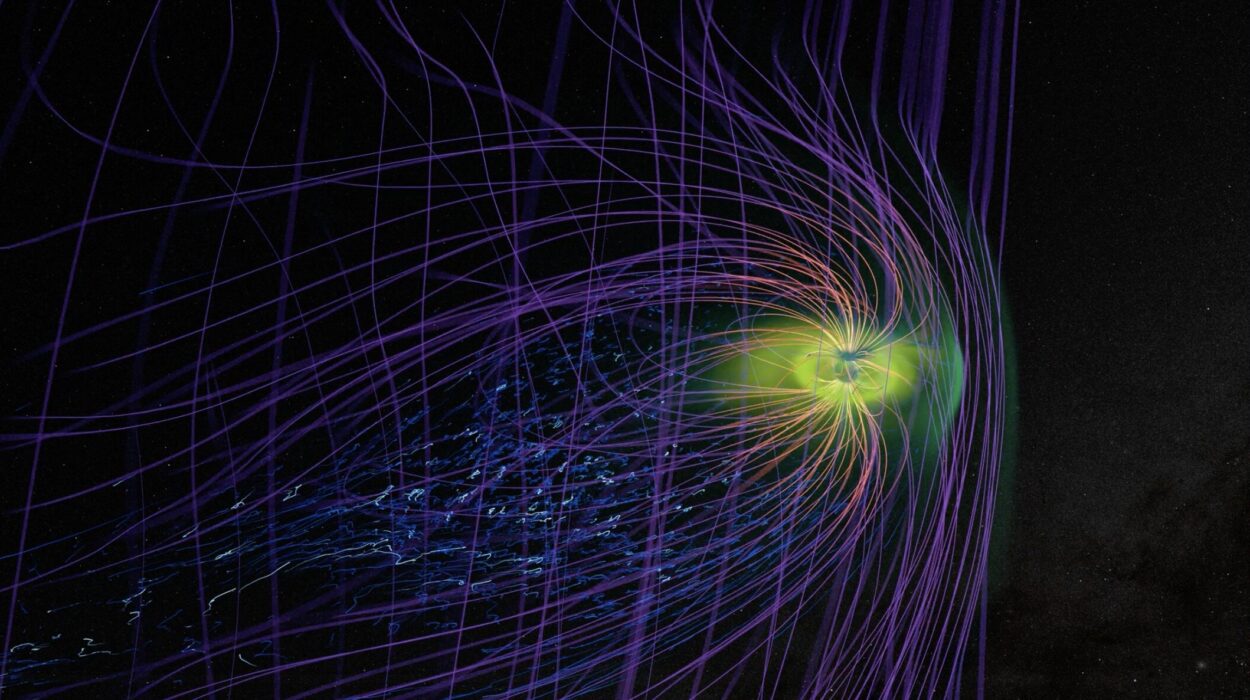For decades, humanity’s quest to answer the age-old question — Are we alone? — has fueled missions to distant worlds. We’ve sent robotic explorers to Mars, icy moons, and beyond, each carrying intricate instruments designed to sniff out signs of life. But in a twist that sounds almost like science fiction, a Ph.D. student and his supervisor have discovered that we might already have the technology to detect active life on other planets — and it’s been riding along on Mars rovers for years.
The method, developed by Solomon Hirsch and Professor Mark Sephton from Imperial College London’s Department of Earth Science & Engineering, doesn’t require new spacecraft or billion-dollar instruments. Instead, it uses an existing device — the gas chromatograph-mass spectrometer (GC-MS) — a veteran of space exploration since the Viking missions of the 1970s.
And according to Sephton, space agencies might not even realize the instrument they’ve been flying for decades is capable of doing this.
“Here we have developed an elegant method that rapidly and reliably identifies a chemical bond that shows the presence of viable life,” he explains. “The Curiosity rover just turned 13 on Mars, but who says you can’t teach an old dog new tricks?”
Life’s Fingerprint: The Chemical Bonds That Can’t Lie
The discovery hinges on a special type of molecule — intact polar lipids (IPLs) — which form the outer membranes of living cells in bacteria and eukaryotes. These cell membranes act as life’s protective armor, holding the machinery of biology together. Crucially, the chemical bonds within IPLs break down within hours after an organism dies.
That means if these bonds are present, the life form they belonged to must have been alive — or very recently alive.
Hirsch and Sephton realized that the GC-MS, already on Mars aboard NASA’s Curiosity rover and planned for use on the upcoming ExoMars Rosalind Franklin rover, can detect these bonds as a distinctive spike in its readout. The result is a chemical signature that screams, “There’s life here — right now.”
“When we put the intact polar lipid compounds into our GC-MS we didn’t know what to expect because these compounds are usually analyzed using other techniques,” Hirsch recalls. “The characteristic signature we identified provides a clear indicator of viable life using space-ready equipment already in use on many extraterrestrial missions.”
Changing the Search for Life Beyond Earth
The implications are profound. Instead of waiting for new technologies to be developed and launched — a process that can take decades — missions could repurpose existing instruments to run this test. That means faster answers, lower costs, and a more direct way to answer the biggest question in astrobiology: Is something alive out there right now?
If IPL bonds are detected on Mars, it would be a historic moment — the first confirmation of life beyond Earth. But even if such bonds aren’t found on the surface, the technique could be used in future missions that drill beneath the harsh, radiation-baked exterior into regions more hospitable to life.
“Our expectation of finding things alive on the Martian surface is low due to the hostile temperature and radiation conditions,” Hirsch admits. “Still, we aren’t ruling out the possibility — life finds amazing ways to survive in extreme circumstances.”
Beyond Mars: Oceans, Moons, and the Outer Solar System
The method isn’t limited to Mars. It could be deployed to analyze plumes from icy moons like Europa or Enceladus, which are believed to harbor subsurface oceans. Samples of those plumes could be scanned by a GC-MS right on the spacecraft, sending the results home to Earth.
Sephton imagines a future where the method plays a role in sample return missions — projects that will bring material from Mars and other worlds back to Earth. Before these precious samples undergo lengthy and costly analysis, scientists could quickly check for IPL bonds, streamlining the search for active biology.
A New Chapter in the Search for Life
Space exploration is often about building new tools, but sometimes the most revolutionary advances come from looking at what we already have in a new way. Hirsch and Sephton’s approach turns a long-standing, well-traveled piece of equipment into a potential life detector — no upgrades required.
It’s a reminder that in science, as in exploration, the key to discovery isn’t always more technology. Sometimes, it’s more imagination.
And as we continue to peer into the darkness of the cosmos, sending our machines into alien landscapes, we may soon be better equipped than ever to answer one of humanity’s oldest and most profound questions — thanks to a simple idea, a familiar instrument, and a fresh way of thinking.
More information: Solomon Hirsch et al, Intact polar lipids as organic biomarkers of viable extraterrestrial life, npj Space Exploration (2025). DOI: 10.1038/s44453-025-00006-9
